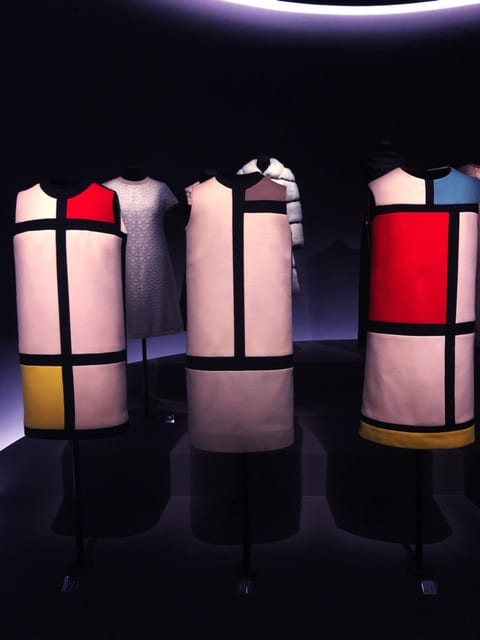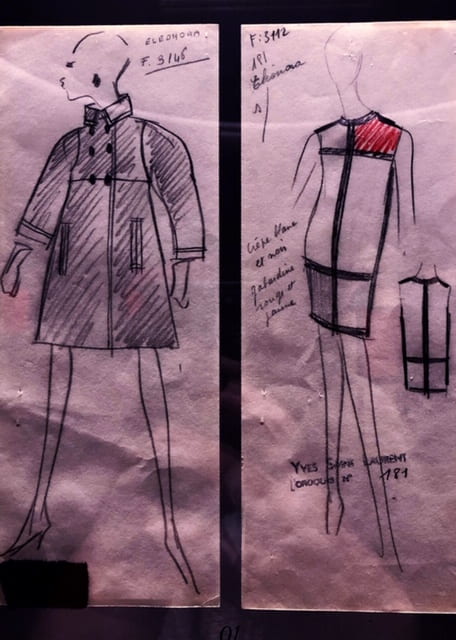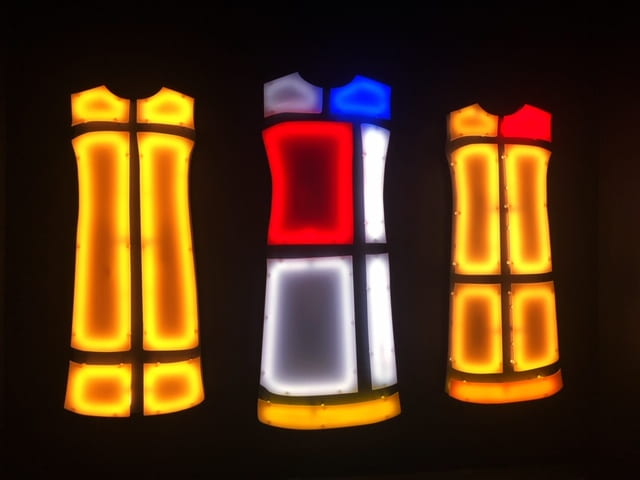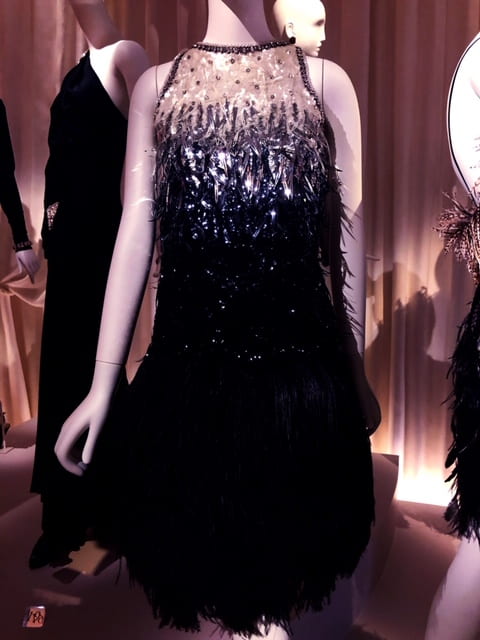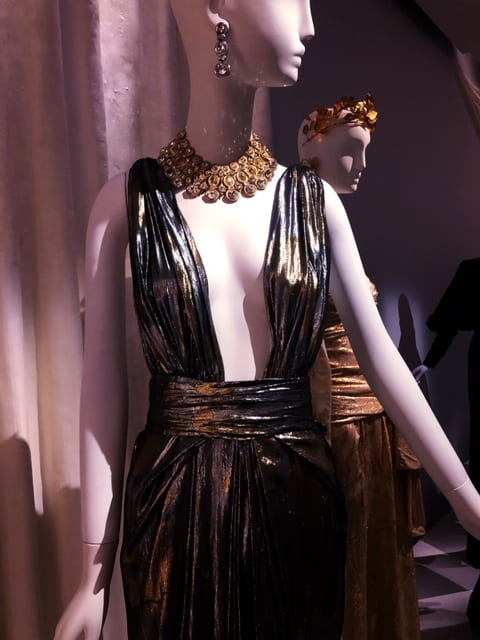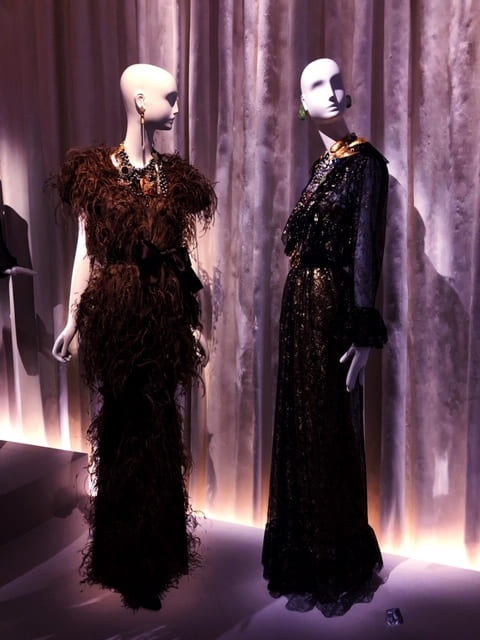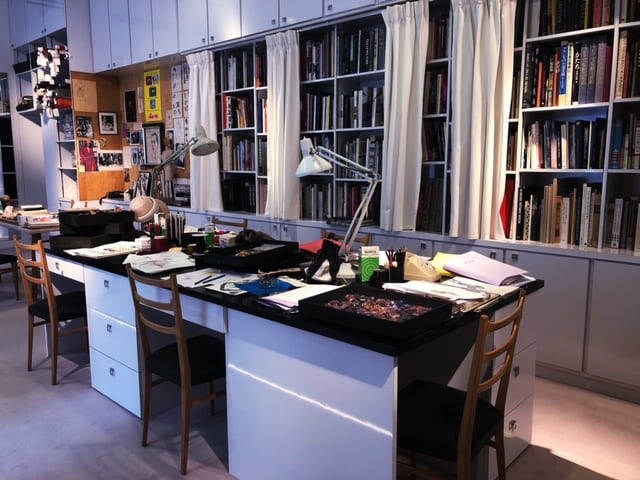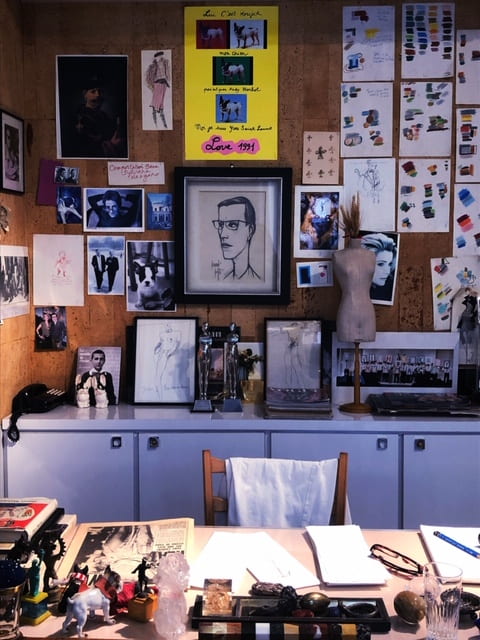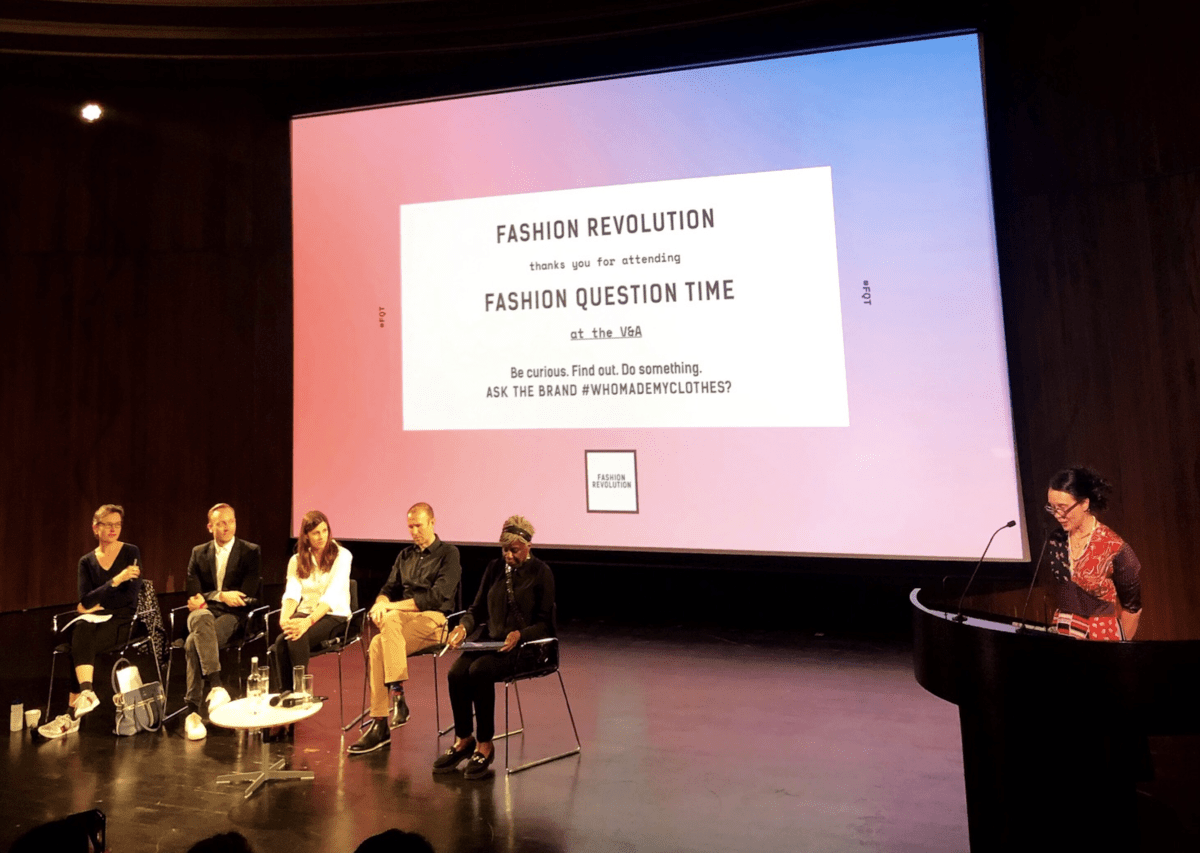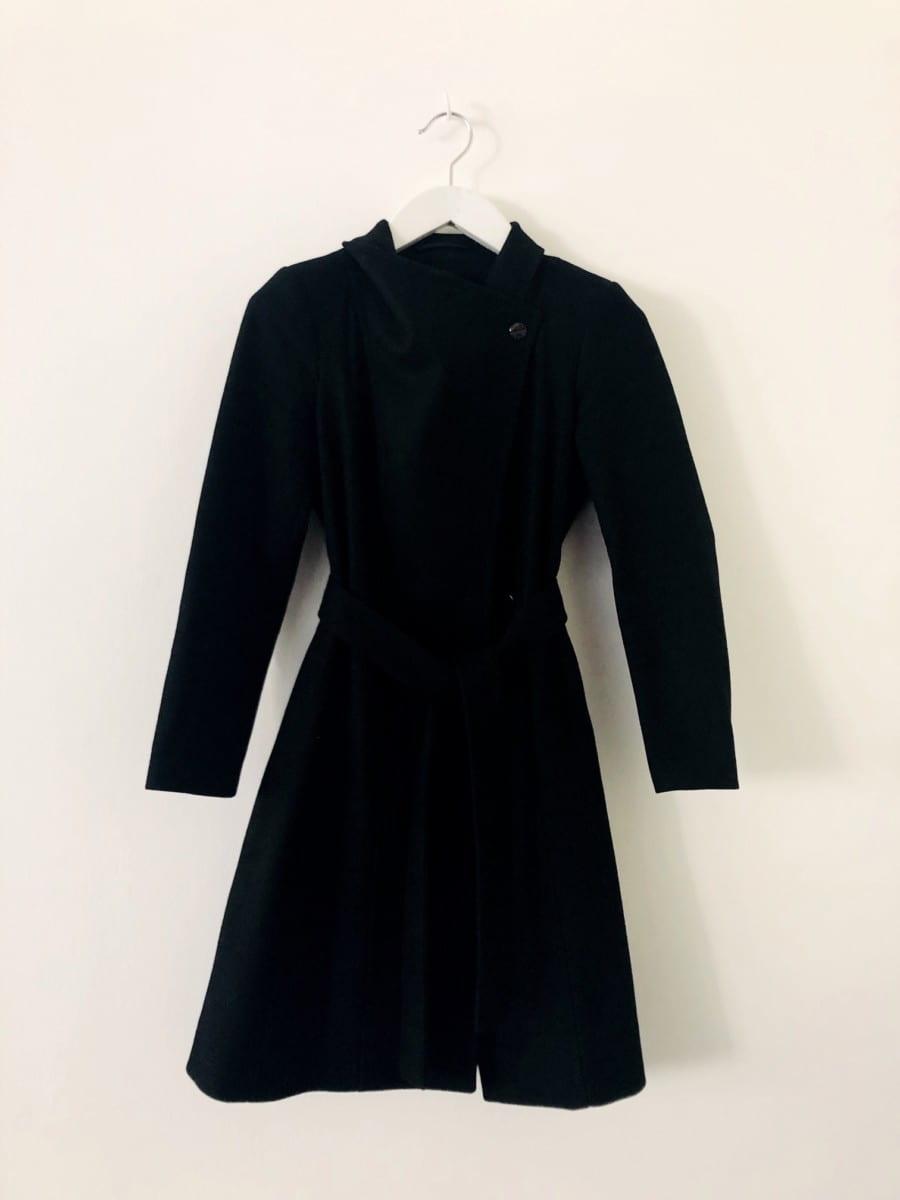A guest post by Amanda Hawkins
In 1962, Yves Saint Laurent, along with Pierre Bergé opened their own haute couture house in the 16th arrondissment in Paris. The thriving business later moved to the hôtel particulier on 5 avenue Marceau in 1974, which then closed in 2002 and became the Fondation Pierre Bergé – Yves Saint Laurent with the primary mission being to preserve and promote Yves Saint Laurent’s work.
The desire to create a patrimony first arose in 1964, when Yves Saint Laurent (YSL) decided to set aside certain designs after each show. This legacy, composed of thousands of designs and all of the documents related to their creation, is unequaled in the fashion world. Today the haute couture house has been designated a ‘Musée de France’ celebrating the creative genius of someone who remains one of the greatest couturiers of the 20th century.
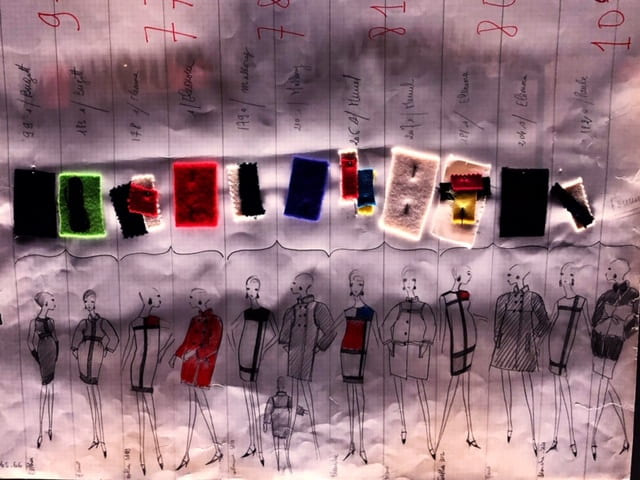
Haute couture
The ground floor of the museum is where the salons used to be, clients would be use these for fittings following the presentation of each collection. Each client had their own personal sales woman, who oversaw the three fittings that were needed before the final made to measure garment was delivered. Fashion shows were also held in these rooms up until 1976, when they were presented at the Hôtel Inter-continental. There, the shows became true spectacles and set the standard for what Yves Saint Laurent fashion house shows today.
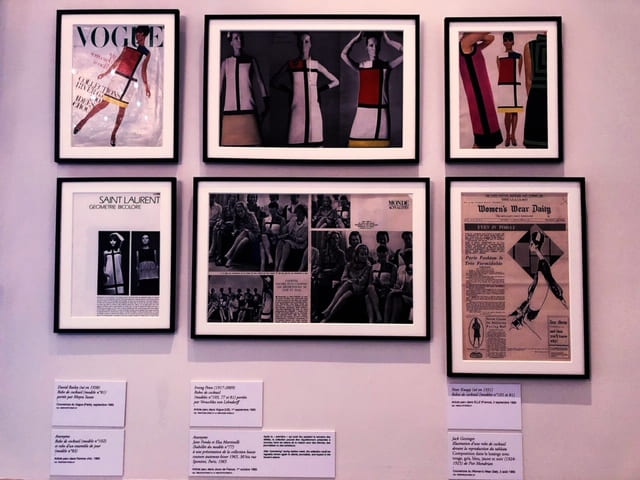
Art to fashion
Every season brought a new collection. For 26 of the designs for the autumn/winter 1965 collection, YSL was inspired by the painters Piet Mondrian and Serge Poliakoff. The collection, which was deemed revolutionary, offered a modern avant-garde style and immensely received an enthusiastic response. The couturier sought to capture the spirit of the time by creating graceful designs that could move with colour everywhere. The empathic homage, which turned a painting into an animate work of art, marked a significant moment in history for fashion.
Style
One section of the museum, brings together the designs that have come to define YSL’s signature style. Most of the collection borrows designs from menswear, retaining the same cut, comfort and practical aspects in a way that combined simplicity and elegance. Throughout his career, the couturier continually reinterpreted the tuxedo, the pea coat, the trench coat and the safari jacket. These new classics were first created before 1970, the same period as the start of the women’s liberation movement and the acknowledgment of their role in society. The legacy of YSL timeless style can still be seen in women’s wardrobes today.
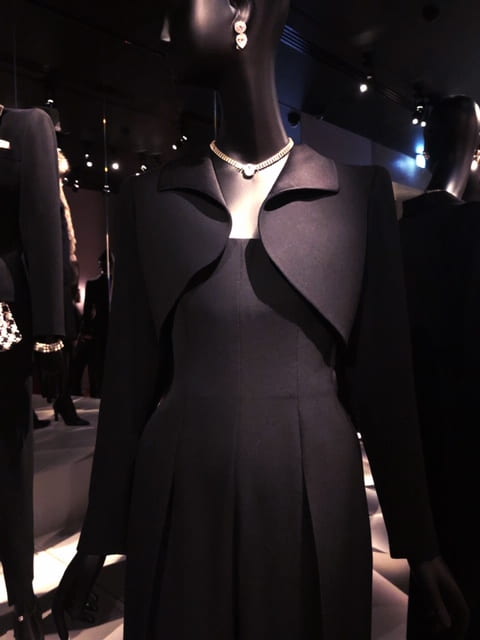
Homage to fashion
YSL explored the history of fashion through his designs. He transformed the antique togas worn by vestals into draped evening gowns. His medieval-inspired gowns faithfully recreated the feminine silhouettes of the middle ages. Too, he was inspired by Renaissance dresses made of precious fabrics embodied with gold thread.
The designs that marked the twentieth century reflected the social changes and trends that punctuated it. From the Roaring Twenties to the retro style of the 1940’ss, the modernity of these periods comes across in YSL’s creations.
YSL’s studio
Lying at the heart of the haute couture house is the studio, which was used for nearly 30 years. The room is bright, quiet and has a mirrored wall towards the back. Here, sketches were given to the chefs d’ateliers, who produced the first toiles, a version made of ecru cotton that provided an idea of what the final cut, proportions and silhouette were going to look like. Once the toile was approved, the fabrics were selected so the design could be made and accessorised. The couturier would then study the model’s reflection in the mirror which offered the distance in order to evaluate the garment from afar. The bookshelves that are still in place today, served as the couturier’s main source of inspiration.
The wedding gown
The wedding gown is always a much-anticipated moment in a haute couture show. Whilst white wedding gowns were previously commissioned, they ended up being integrated into a collection and even become the highlight of a fashion show.
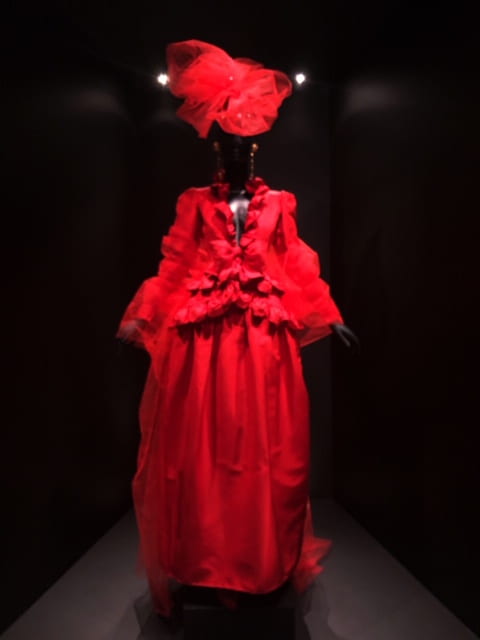
Collaborating with Claude Lalanne
Yves Saint Laurent met and befriended the artists François-Xavier and Claude Lalanne at the end of the 1950’s. He and Pierre Bergé commissioned many works from them, including the ‘YSL Bar’ in 1965. YSL later asked Claude to create a series of imprinted fashion accessories for his autumn-winter 1969 collection using the technique of galvanoplasty, which consists of plating a mold with a thin layer of metal by electrodeposition to obtain a realistic copy, They collaborated on headwear and jewelry inspired by the beloved artists plant patter until 1983.

To find out more please visit the museum here.

